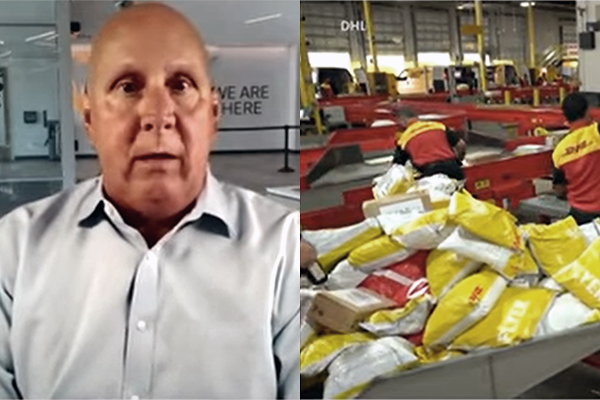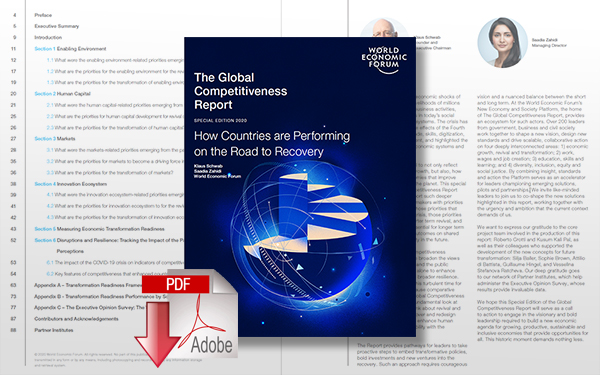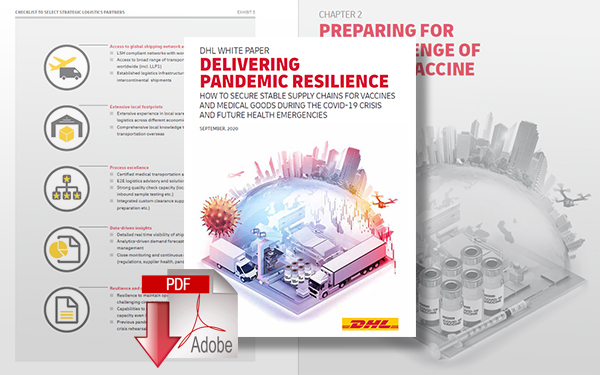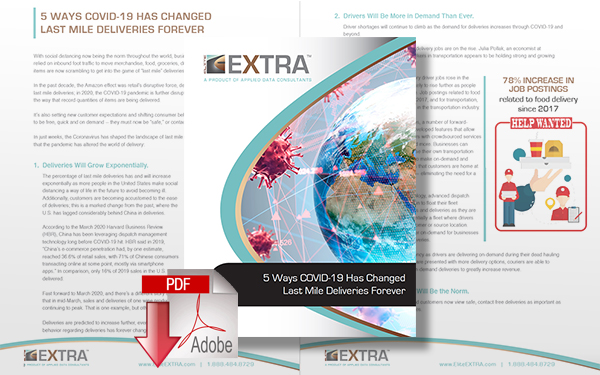DHL CEO Scott Surredin Explains Why Supply Chains ‘Definitely Stable’ After Pandemic Mayhem

DHL CEO Scott Surredin sits down with Yahoo Finance Live anchors Seana Smith, Dave Briggs, and Rachelle Akuffo to talk about the state of the supply chain, progress made in hiring and automation, and inventory in warehouses and ports.
Global Supply Chains Pressure Easing
Global supply chain pressures have been showing signs of easing, according to recent data.
The New York Fed's Global Supply Chain Pressure Index (GSCPI) showed stress on global supply chains eased for the third-straight month in July - marking its lowest point since January 2021.
“It's definitely stable,” Scott Sureddin, DHL's supply chain CEO in the Americas, told Yahoo Finance Live (video to the right). “We are actually moving volume very, very well. But I will say inventory levels are really building.”
Many consumer behaviors are shifting back to pre-COVID patterns. Shoppers are returning to stores, people are traveling, and fans are going to concerts and sporting events while spending less on at-home activities.
And the gradual end of the pandemic-driven supply crunch has caused delivery times to also ease across the globe - signaling modest improvement to pre-pandemic levels - according to the July ISM Manufacturing Purchasing Managers Index (PMI). Current manufacturing PMI is at 52.8%, according to ISM, which stated that “a reading above 50% indicates that the manufacturing economy is generally expanding.”
'There's Still a backlog'
As supply chain issues continue to abate, retailers may be forced to get creative.
“It'll be interesting during the peak season, especially with consumer packaging goods and fashion, apparel e-comm, how they get their inventory out, how they're going to discount, how they're gonna do promotional strategies,” Sureddin said.
Supply constraints added to the retail woes over the past two years that caused them to bulk up on inventories, putting pressure on their own working capital and forcing them to find ways to clear inventory through markdowns or other measures.
While consumer behavior continues to normalize, there's still the issue of record inflation - though it has also shown signs of slowly ticking down recently.
“With inflation and everything going on, people are getting back to the basics and buying consumer packaged goods, buying e-commerce items that are needed,” Sureddin said. “So a lot of volume is going in those sectors or those industries.”
Yet, port backups - which have driven many of the supply chain issues - remain significant, as shippers continue to skip some major ports to avoid disruptions. At the Port of Los Angeles, the busiest in the Western Hemisphere, the shipping backlog dropped to 10, which is down from the record of 109 on January 9.
By several measures, there are other signs of a slowdown at sea. Ocean container rates from Shanghai to Los Angeles dropped by 32% when compared to the start of the pandemic.
Shipping costs falling at incredibly rapid rate … y/y change in cost to ship 40ft container from Shanghai to Los Angeles has dropped to -32%, lowest since start of pandemic pic.twitter.com/ZOfxw9ZQTk
— Liz Ann Sonders (@LizAnnSonders) August 2, 2022
Contentious negotiations for both rail workers and dockworkers and their employers also factor into the equation. If contract negotiations fall through and workers choose to go on strike, the results would be severe, Sureddin said. “Even though we said we've cleared a lot of backlogs, we've built our inventory,” he said
“There's still a backlog. There's still a lot of inventory sitting in warehouses, in the ports, sitting on rail yards trying to get moved. So we've not cleared it all ... We need to make sure that not only their contract gets done, but also we do more automation in areas like that because automation will help us in the future of handling the volume.”
Related White Papers
How Countries are Performing on the Road to Recovery
This report provides pathways for leaders to take proactive steps to embed transformative policies, bold investments, and new ventures into the recovery, such an approach requires courageous vision and a nuanced balance between the short and long term. Download Now!
Delivering Pandemic Resilience
This white paper details how to secure stable supply chains for vaccines and medical goods during the COVID-19 crisis and future health emergencies. Download Now!
5 Ways COVID-19 Has Changed Last-Mile Deliveries Forever
For those businesses that have invested wisely in a technology partner during these tumultuous times, they will most assuredly stay in the game of last-mile deliveries as those partners are already engaging in future-ready features. Download Now!
More Resources on COVID-19
Read: Business Leaders Voice the Economic Impact of COVID-19
Related Article: Reduce Workplace Covid-19 Risk By 95%
Article Topics
DHL Supply Chain News & Resources
Orchestration: The Future of Supply Chain Port of Baltimore Could Reopen in May, Says DHL Executive DHL Express and Standard Chartered to Cut Carbon Emissions DHL Supply Chain Deploys Cobot to Optimize Picking Process Hitting the Right Notes in the Supply Chain Supply Chain Digitalization Trends for 2024 and Beyond DHL Supply Chain and AutoStore announce partnership expansion More DHL Supply ChainLatest in Supply Chain
U.S. Manufacturing is Growing but Employment Not Keeping Pace The Two Most Important Factors in Last-Mile Delivery Most Companies Unprepared For Supply Chain Emergency Microsoft Unveils New AI Innovations For Warehouses Let’s Spend Five Minutes Talking About ... Malaysia Baltimore Bridge Collapse: Impact on Freight Navigating TIm Cook Says Apple Plans to Increase Investments in Vietnam More Supply Chain

















